Newbee needs Help -- My backyard turned into a swamp
meltednorthpole
15 years ago
Related Stories

HOUSEKEEPINGWhen You Need Real Housekeeping Help
Which is scarier, Lifetime's 'Devious Maids' show or that area behind the toilet? If the toilet wins, you'll need these tips
Full Story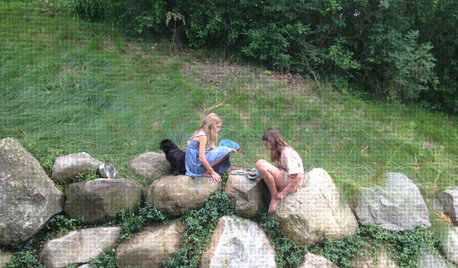
LIFETurn Off the Video Games and Turn On Your Kid's Creativity
Going nuts planning summer activities? Kids overdosing on screen time? It may be time to foster more self-directed play
Full Story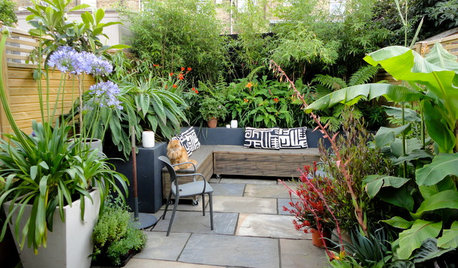
URBAN GARDENSTurn Your Outdoor Space Into a Sanctuary
12 inspiring urban gardens offer ideas for reinventing your city backyard, rooftop or terrace
Full Story
HOUZZ TOURSMy Houzz: A Circle of Friends Turns a Dallas House Into a Home
Homeowners enlist help from friends to remodel, build an addition and decorate their home
Full Story
LANDSCAPE DESIGNNative Plants Help You Find Your Garden Style
Imagine the garden of your dreams designed with plants indigenous to your region
Full Story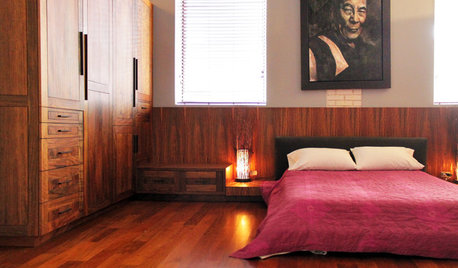
Storage Help for Small Bedrooms: Beautiful Built-ins
Squeezed for space? Consider built-in cabinets, shelves and niches that hold all you need and look great too
Full Story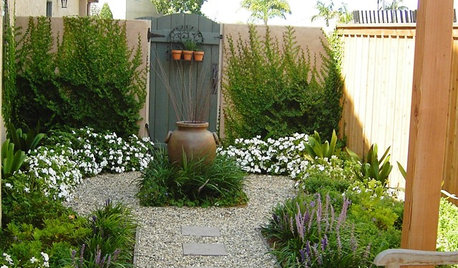
GARDENING GUIDESHow to Turn a Side Yard Into a Glorious Garden Room
With just 8 feet or so, you can turn a plain side yard into a garden that lets you get carried away
Full Story
LIFESlow Living 101: Tips for Turning Off the Chaos
It may feel as though you're too busy to slow down and enjoy life. But even little changes can have a big effect
Full Story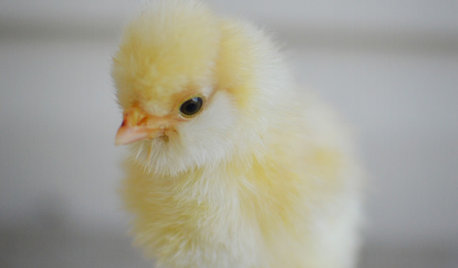
PETSWhat You Need to Know Before Buying Chicks
Ordering chicks for your backyard coop? Easy. But caring for them requires planning and foresight. Here's what to do
Full StorySponsored







backyardigan
stimpy926
Related Professionals
Windham Landscape Architects & Landscape Designers · Saint Louis Park Landscape Architects & Landscape Designers · Anderson Landscape Contractors · Lewisville Landscape Contractors · Rio Linda Landscape Contractors · Washington Landscape Contractors · Eastlake Landscape Contractors · Aldine Carpenters · Glendale Heights Carpenters · Homer Glen Carpenters · Honolulu Decks, Patios & Outdoor Enclosures · Monroe Decks, Patios & Outdoor Enclosures · Morgan Hill Decks, Patios & Outdoor Enclosures · Riverside Decks, Patios & Outdoor Enclosures · Annapolis Siding & ExteriorsPipersville_Carol
lpinkmountain